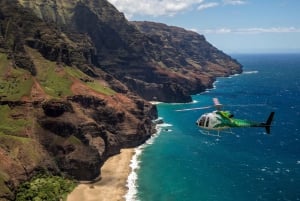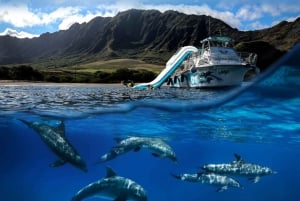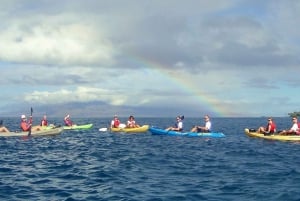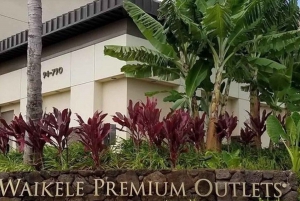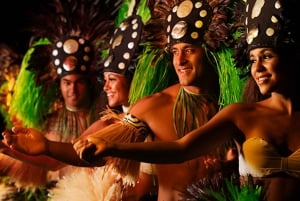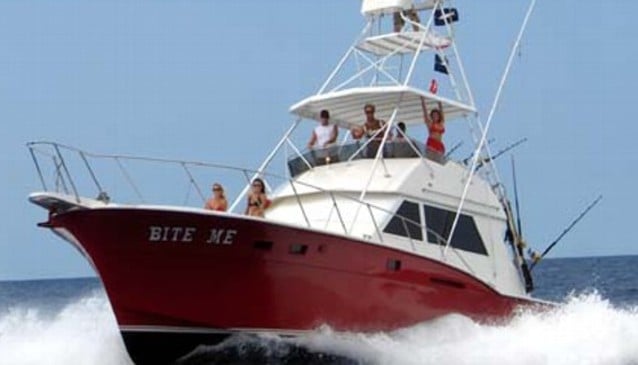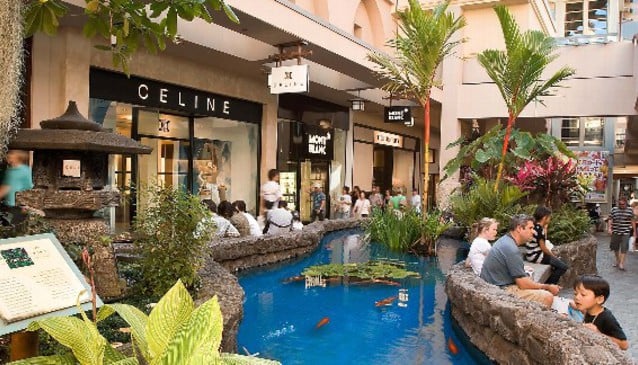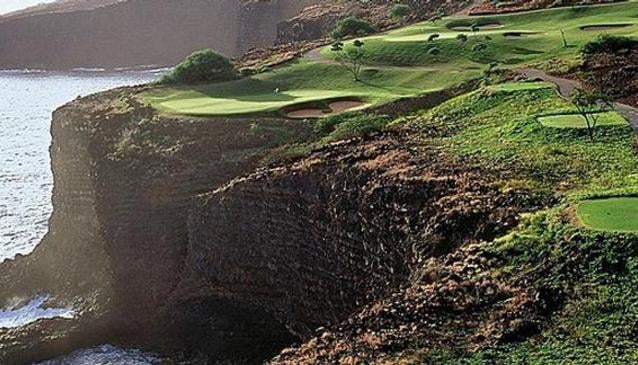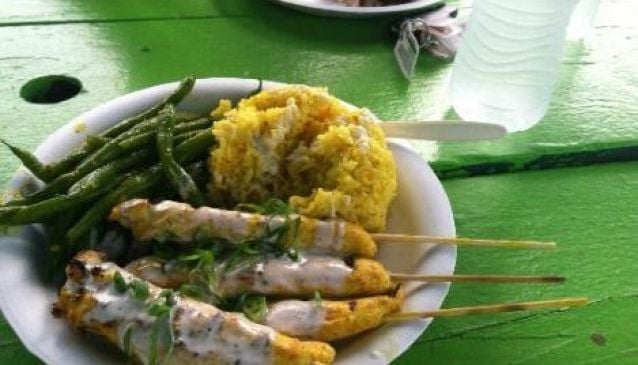Hawaii
Hawaii, more commonly referred to as the Big Island to avoid confusion between the state of Hawaii (which encompasses all eight islands) and Hawaii the individual island. The Big Islands is not only the largest of the Hawaiian Islands, but is still growing in size! On the Big Island you won't find big cities or crowds, but you will find the intense and serene natural beauty that Hawaii has to offer.
At Hawaii Volcanoes National Park (Pictured Right) you can bear witness to the creation process that brought the Hawaiian Islands into existence. The Kilauea Volcano calls this park home and is the worlds most active volcano, producing rolling lava flows for nearly thirty years. Volcanoes National Park is one of the few places on earth to safely watch an active volcano and has been designated the honor of Hawaii's only World Heritage site.
Then head north to peer at an overwhelming expanse of stars through a telescope atop Mauna Kea. The Mauna Kea Observatory is one of the best places in the world to observe stars due to the nearly nonexistent levels of light pollution thanks to strong island-wide lighting ordinances and its natural distance from city lights.
City may be a stretch as the main towns, Hilo and Kona still have that small town feel. Hilo is the capital and the largest 'city' on Hawaii's eastern coast. Here you can visit the Pacific Tsunami Museum or tour the Palace Theatre built in 1925. Kona (also known as Kailua-Kona or Kona town) is the main town to visit on the west coast of Hawaii. Start your morning off with a fresh cup of Kona coffee before strolling down Alii Drive, the main thoroughfare in the seaside village of Kailua-Kona. Here you will find a myriad of restaurants, shops, and activities.






